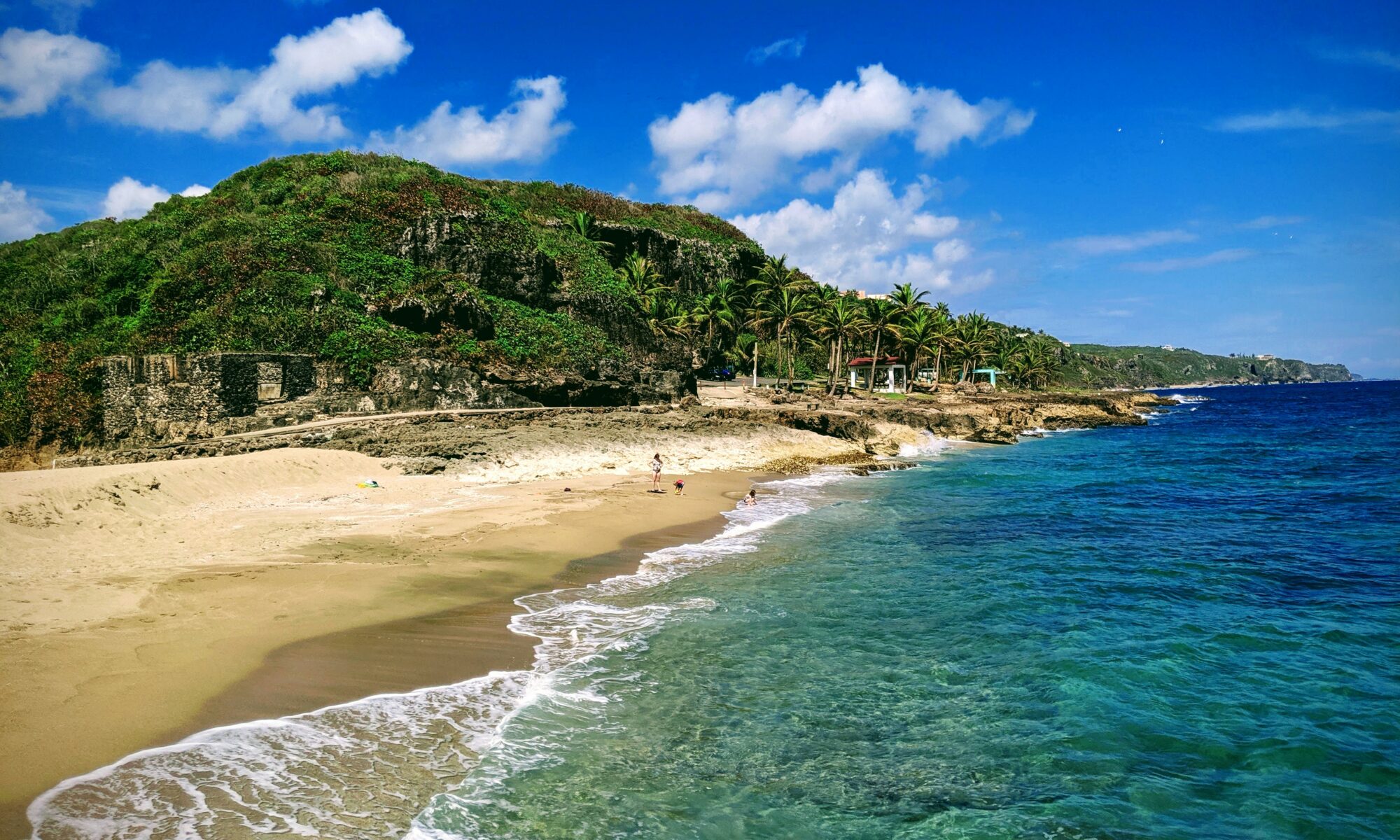This post is part of an ongoing series summarizing each State Park in Missouri that our family has attended. We hope to visit each of 54 State Parks before the kids graduate from high school.

Dr. Edmund Babler State Park was an interesting visit, similar in some ways to Route 66 State Park. Babler State Park was established in the 1930s after 88 acres were donated to the State in honor of a respected doctor in the St. Louis area. 800 more acres were added in the following years. Dr. Babler was an early supporter of the State Park system, so his family’s support and the era they found themselves in help improve the infrastructure beyond what we see at a lot of other parks.
In the 1930s, the Civilian Conservation Corps was actively fighting against The Great Depression. The CCC ended up building shelters and other infrastructure at multiple state parks (pictured below), so there are some similarities here compared with other sites we’ve visited.

The Visitor Center was pretty neat, though very obviously geared toward school groups coming from all over the St. Louis region. There were some insects, snakes, and amphibians available for viewing, so we killed some time before going on a very brief hike. It’s a neat space, though, and we had a nice conversation with some of the park hosts behind the desk.
Babler has more going on than Castlewood State Park did, which we visited earlier that morning. Babler features the aforementioned Visitor Center, some hiking, camping, open spaces for throwing frisbees, and basketball and tennis courts. Unlike Castlewood, we could actually kill some time at a place like this!
As I mentioned earlier, in some ways, Babler proved to be as interesting as Route 66, but mostly that’s because this park, apparently, was heavily segregated. African Americans weren’t allowed in the park for many years, and camping wasn’t originally allowed, so the State of Missouri had to buy additional land that wasn’t originally donated by the family in order to allow people to stay within the park overnight. Interesting history!

The hike we went on was a 1.6 mile loop that only took 38 minutes. Given the amount of time we spent at Castlewood, the kids weren’t interested in doing much more. The weather had warmed up a bit, and there were no leaves on the trees yet, so it got a bit toasty for late March when we were there.
Still, hiking in late March or early April is pretty good because there aren’t any bugs and you don’t have to deal with overgrown plants along the trails. It could be worse!

After the hike, we drove around the park to find a place to picnic. We noticed quite a few walkers and bikers along the road, as it has some decent rolling hills, but nothing too strenuous. Compared to Castlewood, the hiking and biking here was a revelation: if we lived around there, we would absolutely pick Babler over Castlewood, and those to parks are only a few minutes apart from one another. Castlewood has longer trails if an extended hike is desired, but heck, I’d rather just do the same loop multiple times at Babler so I didn’t have to deal with the crowds…

We finished off our State Park Extravaganza throwing a frisbee after lunch, using an open space near the basketball courts. There was also a large tent set up for an Easter Sunrise Service that was scheduled for the next day.
Babler was a good visit! It was a nice one to end the trip with!













































